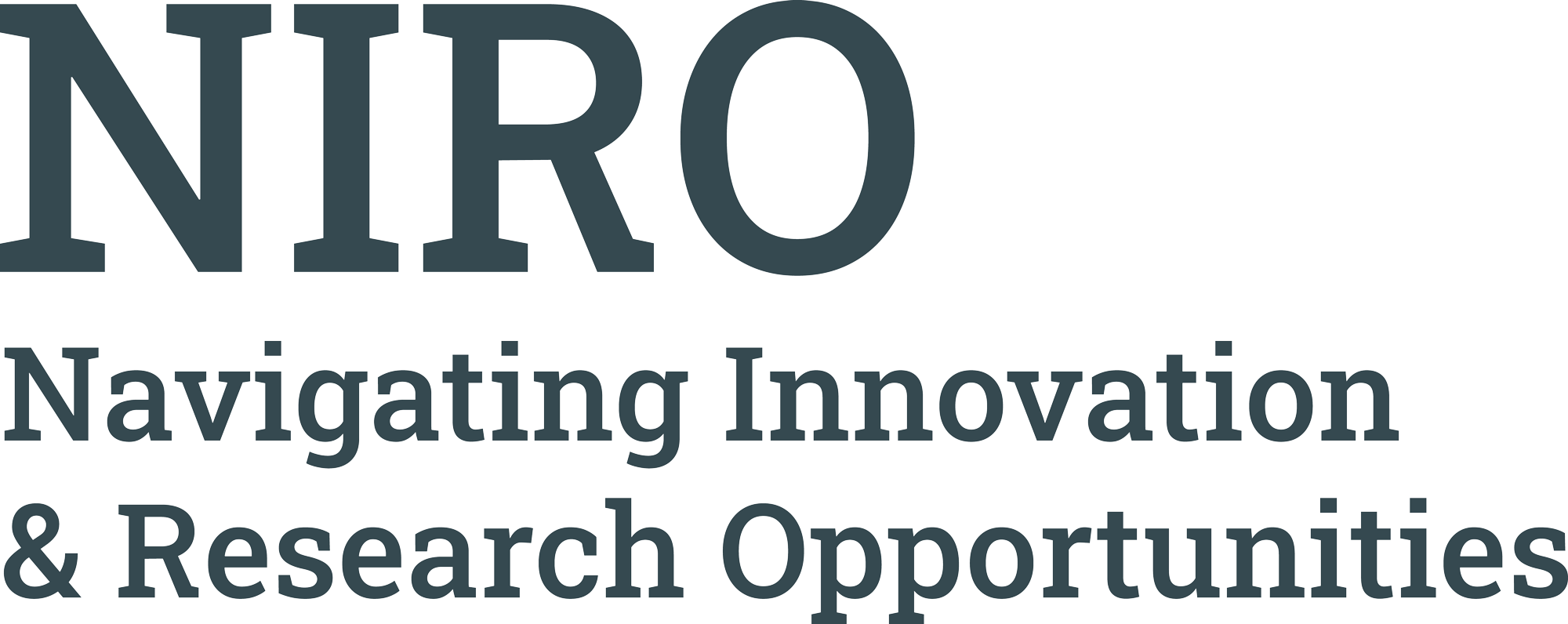AMR Action Fund
The industry-led AMR Action Fund organized by IFPMA is a groundbreaking USD 1 billion initiative that aims to bring 2-4 new antibiotics to patients by 2030.
Overview
The AMR Action Fund is a broad, powerful alliance of industry and non-industry stakeholders, including philanthropies, development banks, and multilaterals.
Besides investing in the development of new antibiotics, it works with partners to create market conditions that enable sustainable investment in the antibiotic pipeline.

Antibiotic-resistant infections as a result of antimicrobial resistance (AMR) threaten lives and undermine every aspect of modern medicine. We desperately need new antibiotics.
The AMR Action Fund was developed by the IFPMA, its Biopharmaceutical CEOs Roundtable (BCR), biopharmaceutical companies, and foundations.
This was in collaboration with the World Health Organization (WHO), the European Investment Bank (EIB), and the Wellcome Trust. The EIB and Wellcome Trust also joined as investors.
AMR Action Fund objectives
Launched in 2020, the AMR Action Fund expects to raise more than USD 1 billion. This will be used to invest in smaller biotech companies and to provide industry expertise to support the clinical development of new antibiotics.
It will strengthen and accelerate the research and development (R&D) of antibiotics through investment and providing industry resources and expertise to biotechnology companies.
But, while the Fund is helping to bridge the clinical funding gap, it cannot address the fundamental problem: not enough antibiotics are being produced.
innovative pharmaceutical companies from Europe, the US, and Japan helped fund the AMR Action Fund
expected to be raised by the Fund in total, including from outside the industry
investments made by the Fund so far
Why the AMR Action Fund is needed
It’s widely agreed that market-based policy reforms, including reimbursement reform and new incentives, are required to create market conditions that enable sustainable investment in antibiotic R&D.
Investment in developing new antibiotics is falling because, despite the vast societal costs of AMR, there is no viable market for new antibiotics.
This is because new antibiotics are used sparingly to preserve effectiveness, so developers don’t have a chance to recoup their investment. The result is an enormous public health need for new antibiotics, but a lack of funding for antibiotic R&D, especially the later stages of clinical research.
In April 2022, the AMR Action Fund announced its first two investments, in Adaptive Phage Therapeutics (APT) and Venatorx Pharmaceuticals.
This represents an important step by the Fund towards its goal of bringing to market new treatments for priority pathogens identified by the WHO and US CDC. The Fund plans to commit over USD 100 million in capital in 2022.
Read more about the AMR Action Fund portfolio.
There are simply not enough antibiotics in development, which has created a “valley of death” between discovery and patients.
Although the innovative pharmaceutical industry is being proactive, governments must act decisively to revitalize the antibiotics market and make sure the pipeline meets patient needs.
Policymakers across the globe must make market-based reforms to create an environment where antibiotic R&D can flourish in future.
Race Against Resistance, a new film by BBC StoryWorks with support from AMR Action Fund, goes inside the lives of the patients and clinicians on the frontlines of the global AMR crisis to show what's at stake if antibiotics fail.
Investing, building, advocating
The AMR Action Fund is enabling exciting breakthroughs in antimicrobials. Find out how you can connect with the Fund.





